Recall Report Urges Toyota Towards "Leadership," Away From Lobbying Alliance
The release of A Road Forward: The Report of the Toyota North American Quality Advisory Panel [ PDF], probably raised a few eyebrows around the industry this week, particularly at the headquarters of the Alliance of Automobile Manufacturers in Washington D.C… but not for any obvious reason. The report’s findings about Toyota’s internal reforms in the wake of last year’s recall scandal aren’t particularly mind-bending, and are well summarized in an introductory passage
First, the Panel believes Toyota needs to continue to adjust its balance between global and local control giving weight to local control in order to improve its communication and speed in responding to quality and safety issues. Second, the Panel believes that Toyota needs to ensure that it listens and responds as positively to negative external feedback as it does to negative internal feedback. Third, the Panel believes that Toyota must persist in more clearly distinguishing safety from quality and continue its efforts to enhance its safety practices and procedures.
In addition to identifying specific areas for improvement, the report places a heavy emphasis on “the leadership of Toyota’s top executives as they navigate the road forward, as well as the company’s leadership in the industry” as a way to avoid the traps it fell into prior to the recall scandal. And this emphasis on leadership could have some interesting effects…
One of the report’s key conclusions was clearly inspired by Toyota’s cudgeling at the hands of the House Oversight Committee over a leaked lobbying document accusing the Obama Administration of being “not industry-friendly” and celebrating savings created by “’added lead time and phase-in’ for new side-impact crash standards.” The panel’s conclusion: Toyota needs to rethink its entire approach to US regulators… and lobbying groups.
TMC executives in Japan should strive to be fully informed about the perspectives of government officials and regulators in North America, especially NHTSA. Instead of viewing NHTSA proposals and defect investigations as adversarial processes, and rather than considering delayed or blocked regulations and minimized recalls as “wins,” Toyota, at all levels, should recognize and understand that NHTSA’s mission is to improve vehicle safety. Thus, a strong and competent NHTSA is good for Toyota and the industry because it will be less likely to propose poor regulations or push for inappropriate recalls. In this regard, Toyota should be more willing to show leadership in vehicle safety and take positions that differ from the Alliance of Automobile Manufacturers when appropriate.
The report doesn’t say so, but it’s fairly clear where Toyota’s Quality Panel got the idea: CAFE. Along with Hyundai, Toyota is one of the only automakers pledging acquiescence to new fuel economy standards, “whatever goal they establish,” a position that stands in sharp contrast with the AAM, which was last heard arguing
The alliance believes it is inappropriate to be promoting any specific fuel economy/greenhouse gas at this point
Toyota’s break from the AAM, which represents both foreign and domestic automakers operating in the US, made marketing sense when it came to CAFE, as Toyota already enjoys above-average fleet fuel economy. But taking a “leadership” position on safety, possibly at the expense of the AAM, is less obviously beneficial for Toyota’s sales, and adds compound challenges as well. NHTSA and the EPA are currently studying the possibility that vehicle mass reductions required to meet forthcoming 2017-2025 standards could have a negative effect on safety. Taking “leadership” positions on economy and safety could get expensive, but Toyota clearly believes it’s a necessary step for the firm’s long-term success. Watching it walk that line and possibly divide the industry’s once-united lobbying front should make for some interesting coverage…
More by Edward Niedermeyer
Latest Car Reviews
Read moreLatest Product Reviews
Read moreRecent Comments
- Redapple2 CX5. Rented one 2 yr ago. ~2000miles. Issues. 1 Thumbwheel controller not good. 2. Sweeping curve on the interstate passing a car, the automatic braking picked up a car in the lane over. Beeps and slight braking. Not drop anchor mode, but still head scratching. But it looks so dam good. Wonderful still after many years. CX5 all the way!!!
- Tassos [list=1][*]Mercedes e-class diesel. Rebuilt and true mileage unknown [/*][*]Mercedes e-class diesel. Lemon law buyback shipped from New Jersey to its new home in eastern europe[/*][*]1991 Honda civic that i drove well past its expiration date (2016!) [/*][*]Mary Barra once turned me down for a McDonald’s dinner date[/*][*]biden dollars[/*][*]breadvan on stilts [/*][/list=1]
- Gray My driver is a Brilliant Blue '93 Ranger Sport with the obnoxious green and purple decals still intact. I like the color, but those decals are silly. Everyone at work under 35 begs me to not remove them. Out of the 40-ish cars I've had, I think I've had only 3 non-color cars. A white El Camino, A black 300ZX, and a Black '73 Dodge truck.I love all the color names car companies had in the early '70's.
- Kwik_Shift_Pro4X Mazda CX-5 all the way.
- FreedMike CX-5 for the win, even in base version. 1) Far better looking. 2) Mazda dealers will actually give you a decent deal on the CX-5; Toyota dealers still think it's 2021 and are trying to get over sticker.



















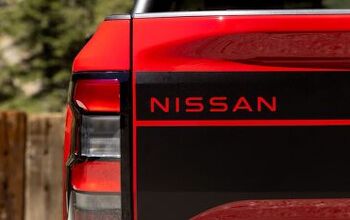

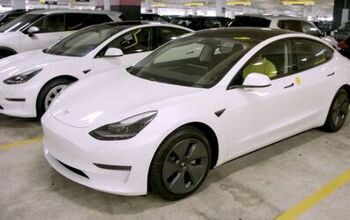


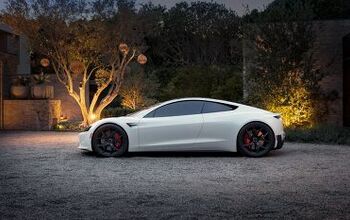
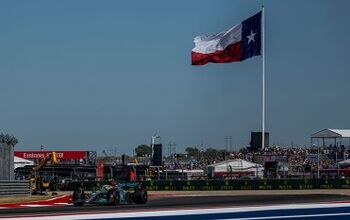


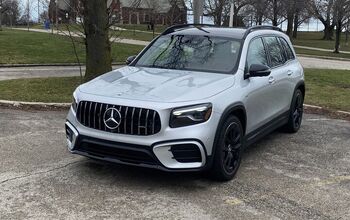


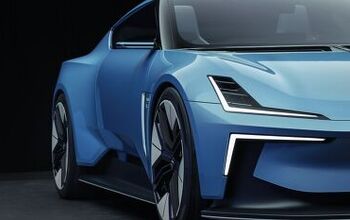

Comments
Join the conversation
Speaking as an engineer, I would very very much rather be involved in the generation of new rules that amke sense rather than stonewall a NON PRACTICING governing body and forcing them to come up with solution that may make not make good engineering sense.
Neither the Advisory Panel report nor "Toyota Under Fire" explained to my satisfaction how the issue of sticky gas pedals was initially classified as a "customer satisfaction" issue and not automatically as a safety issue. Call me crazy, but I expect nothing less than flawlessly reliable function of this assembly, regardless of the fact that there are measures that could be taken in the event, such as engine shutdown, shifting into neutral, etc. Gas pedals should never ever stick, jam, or do anything other than return to position when released. This should be obvious to any QA manager no matter where he's sitting; it shouldn't take an autonomous American quality office to make this call. Exactly where in the world is this situation considered acceptable?